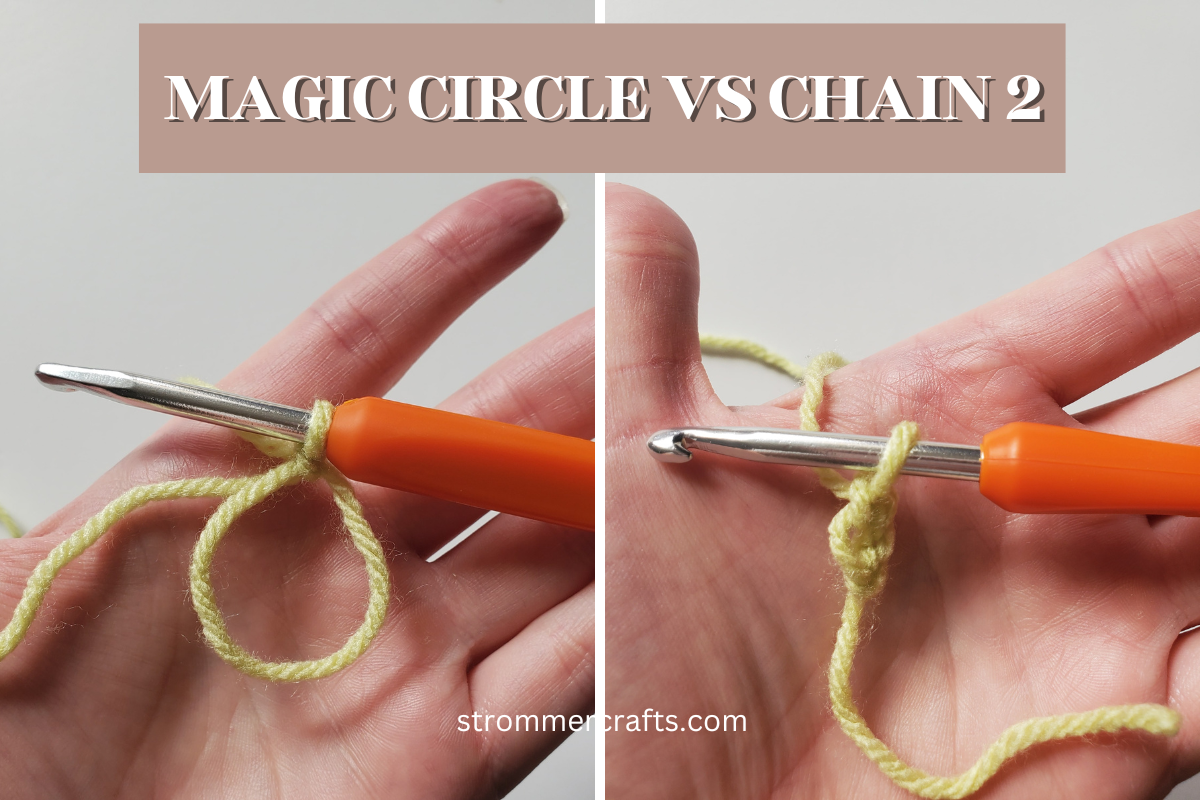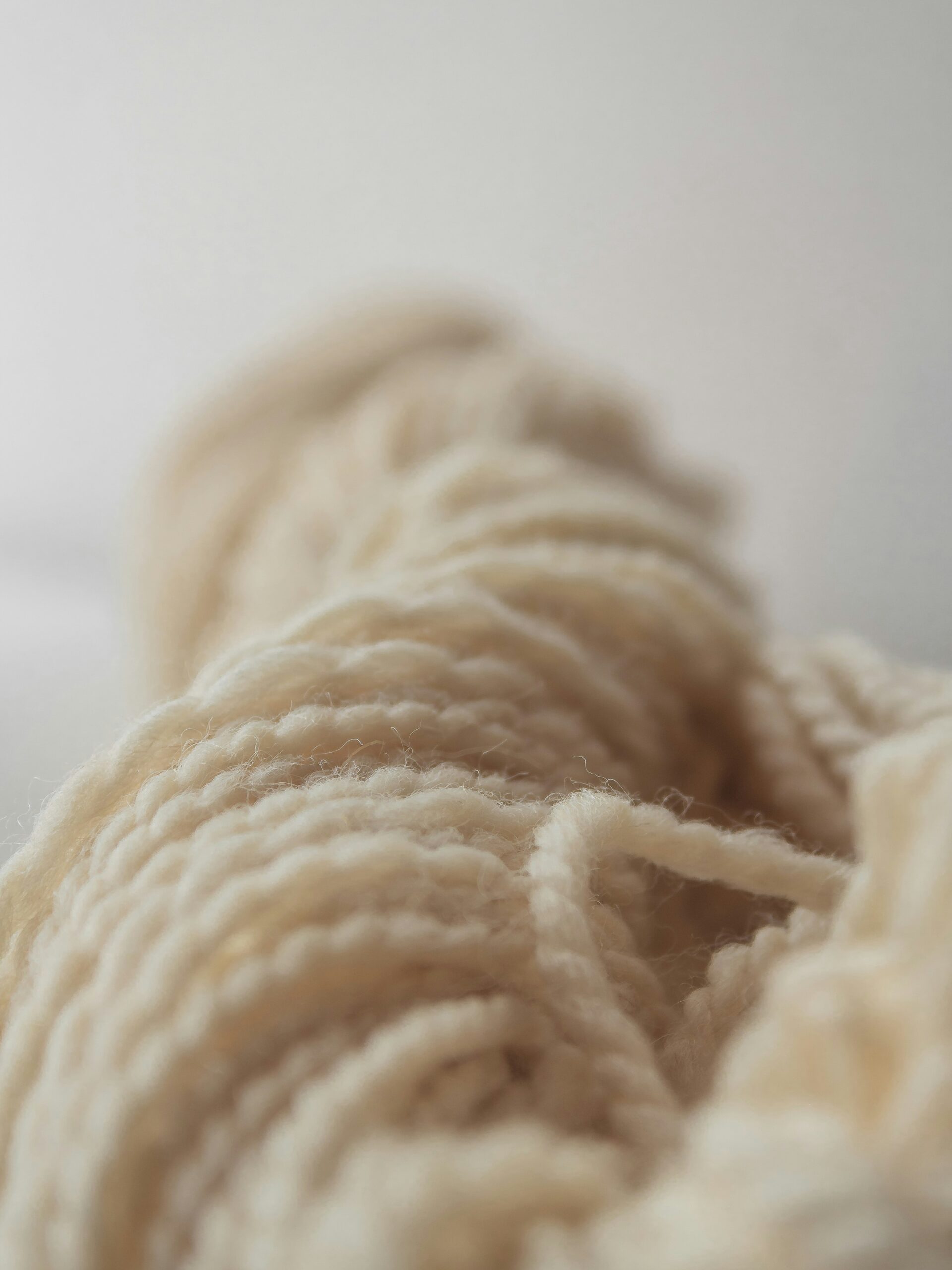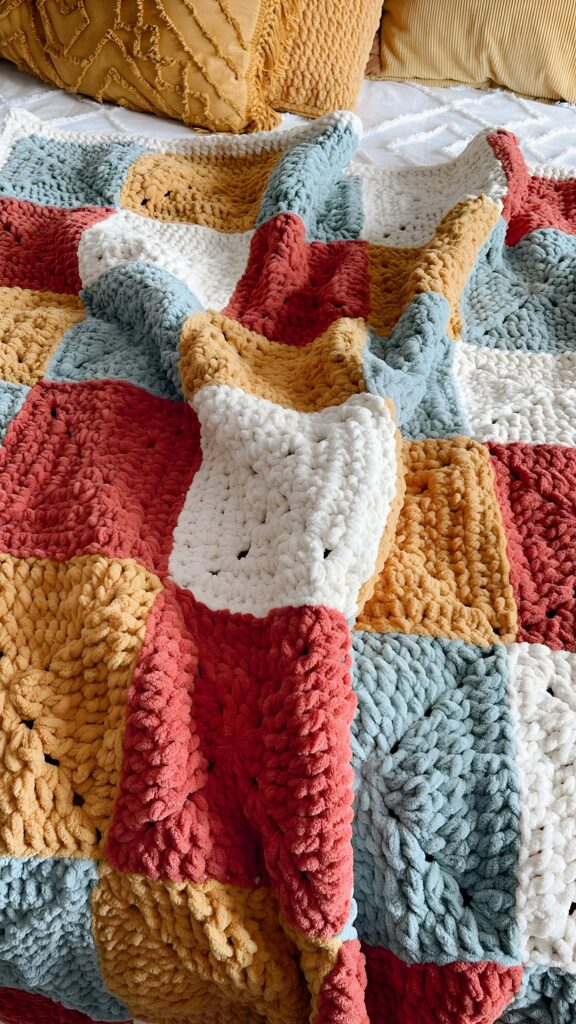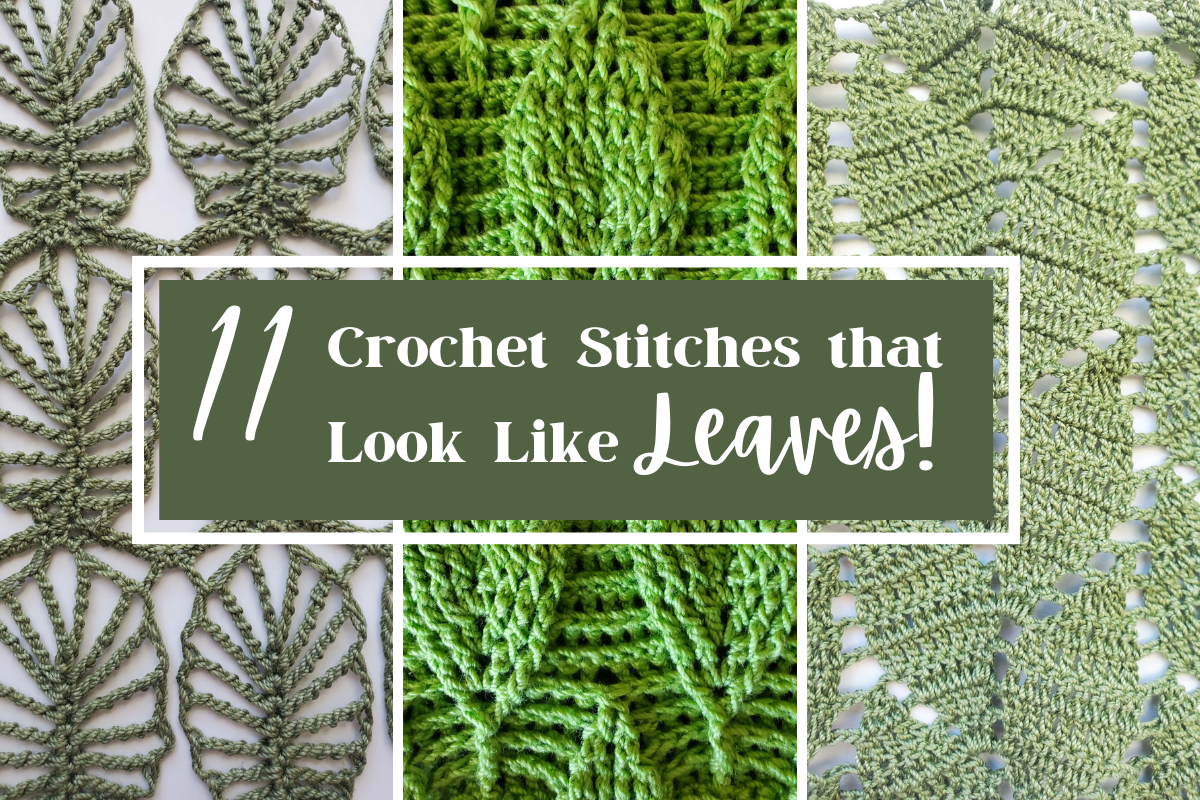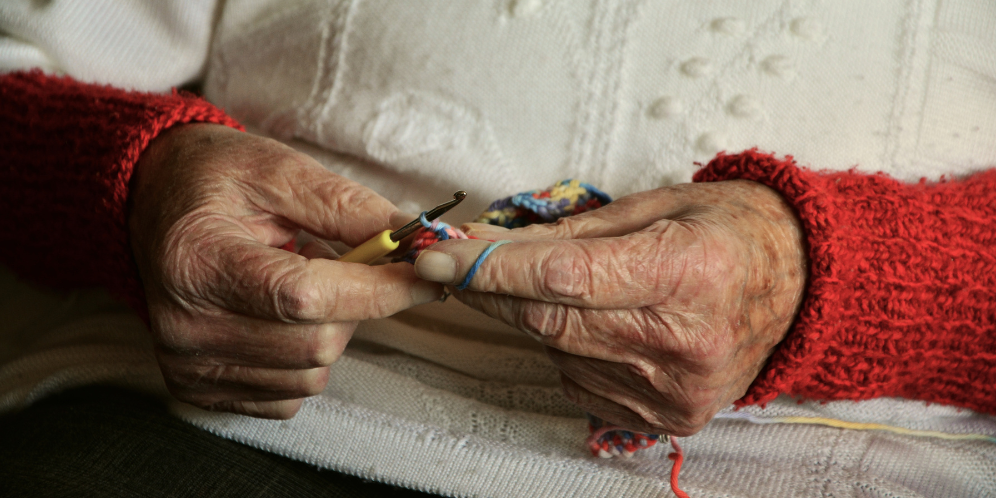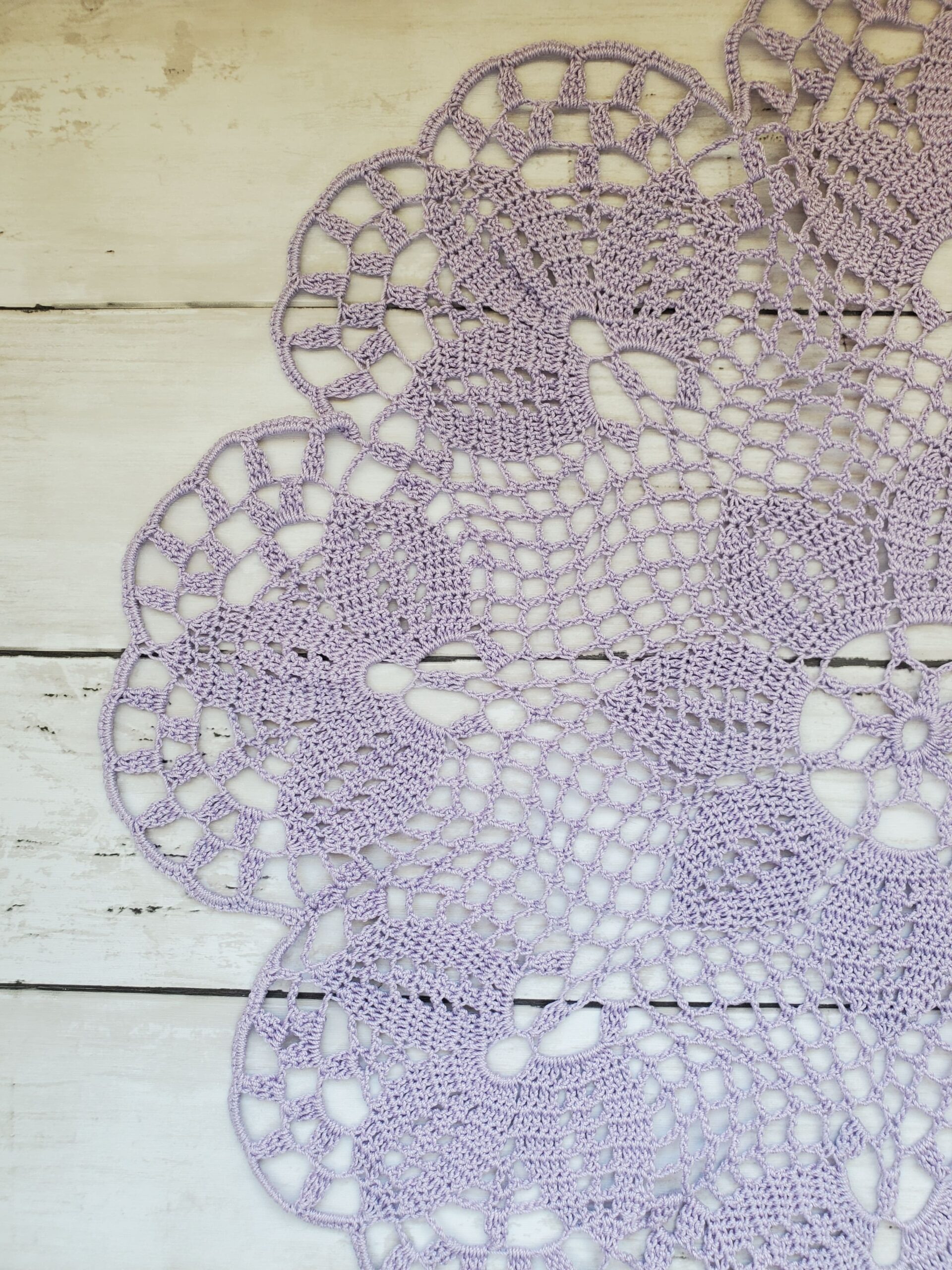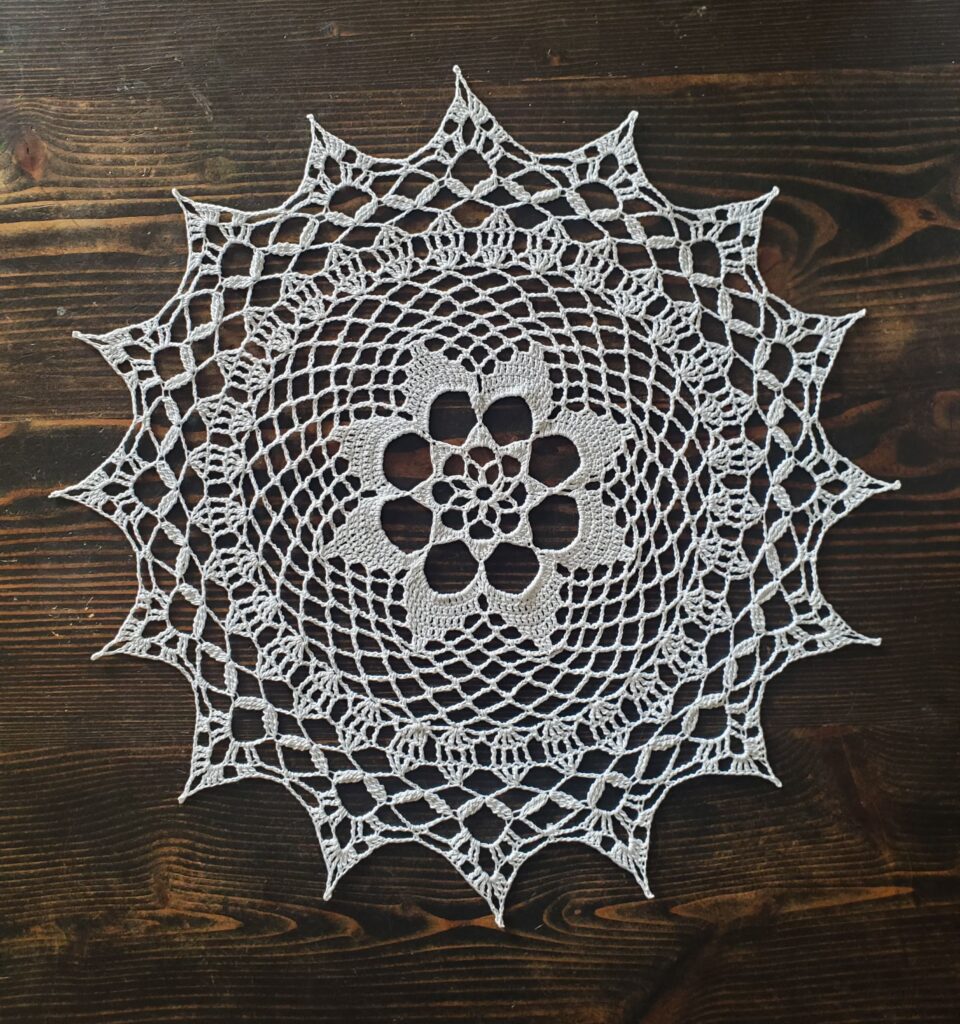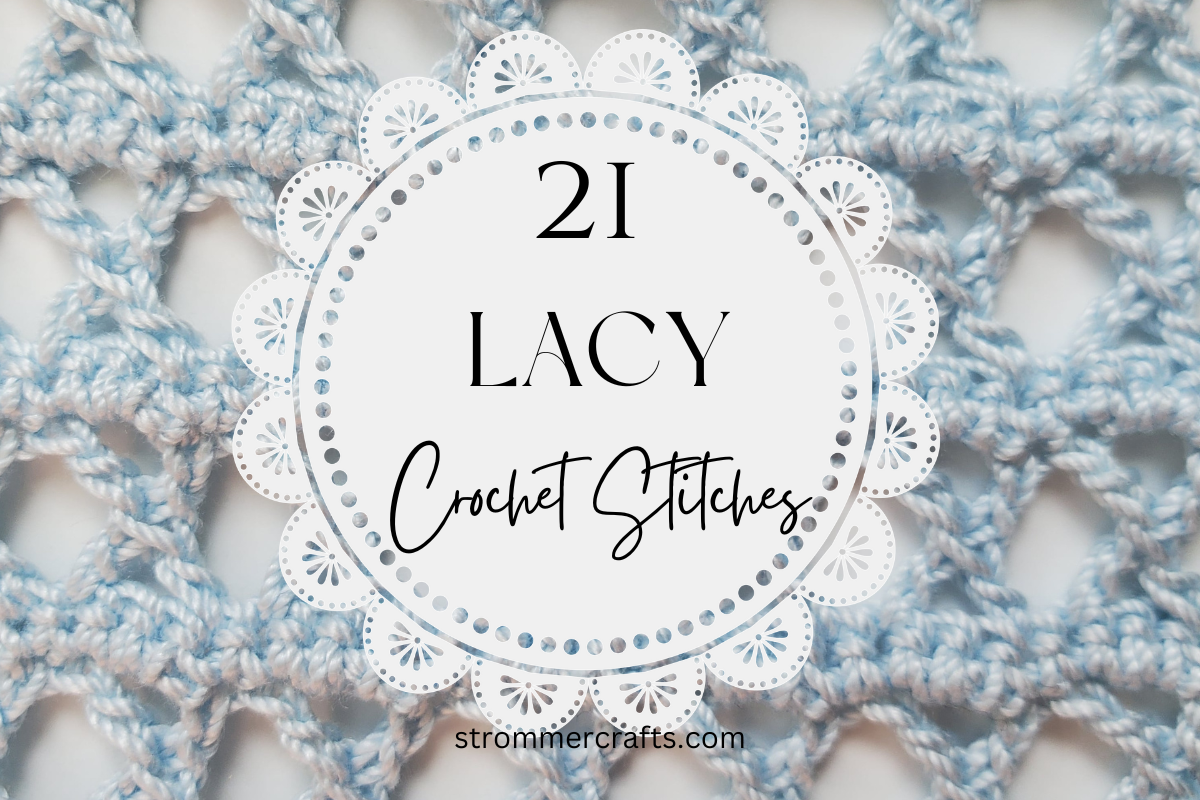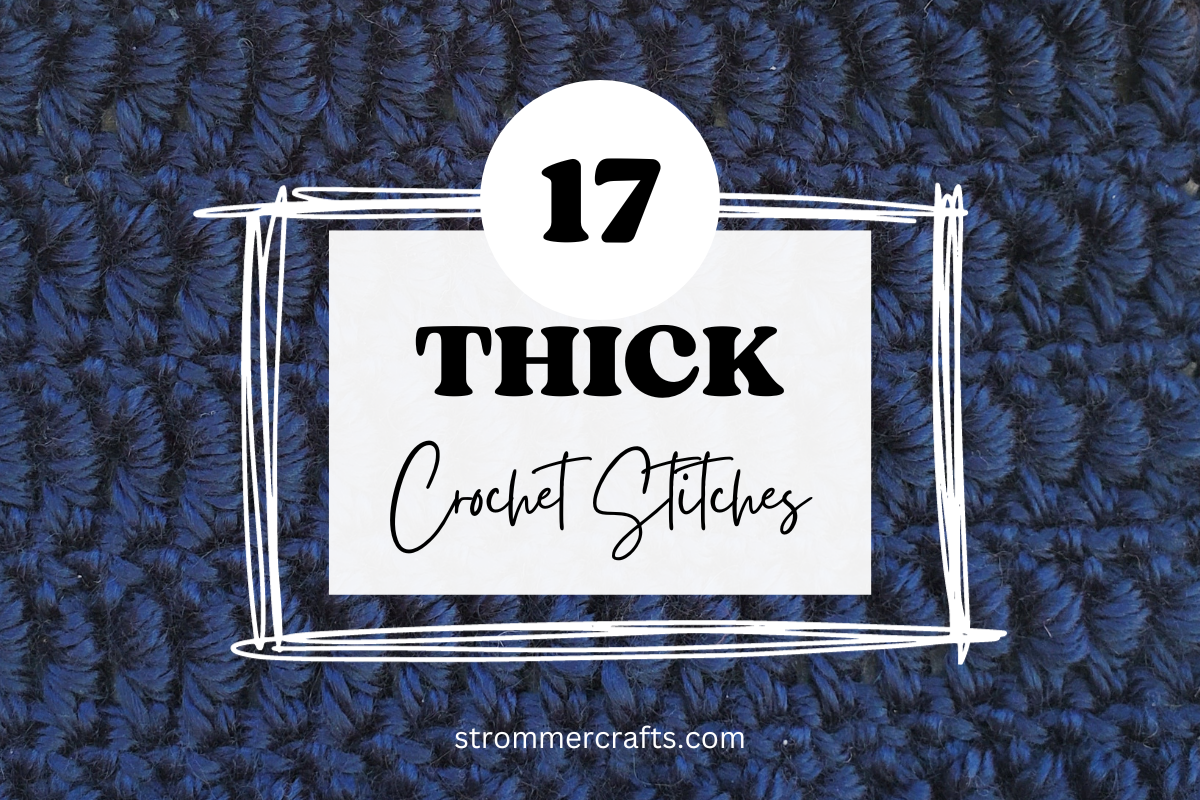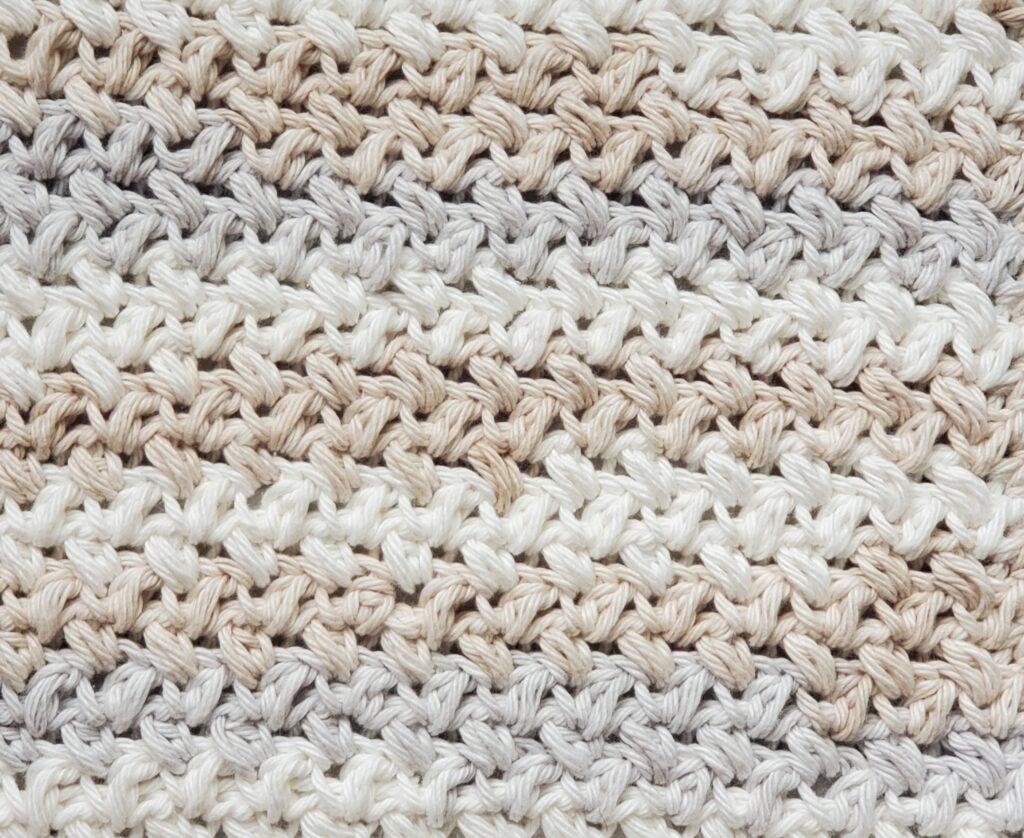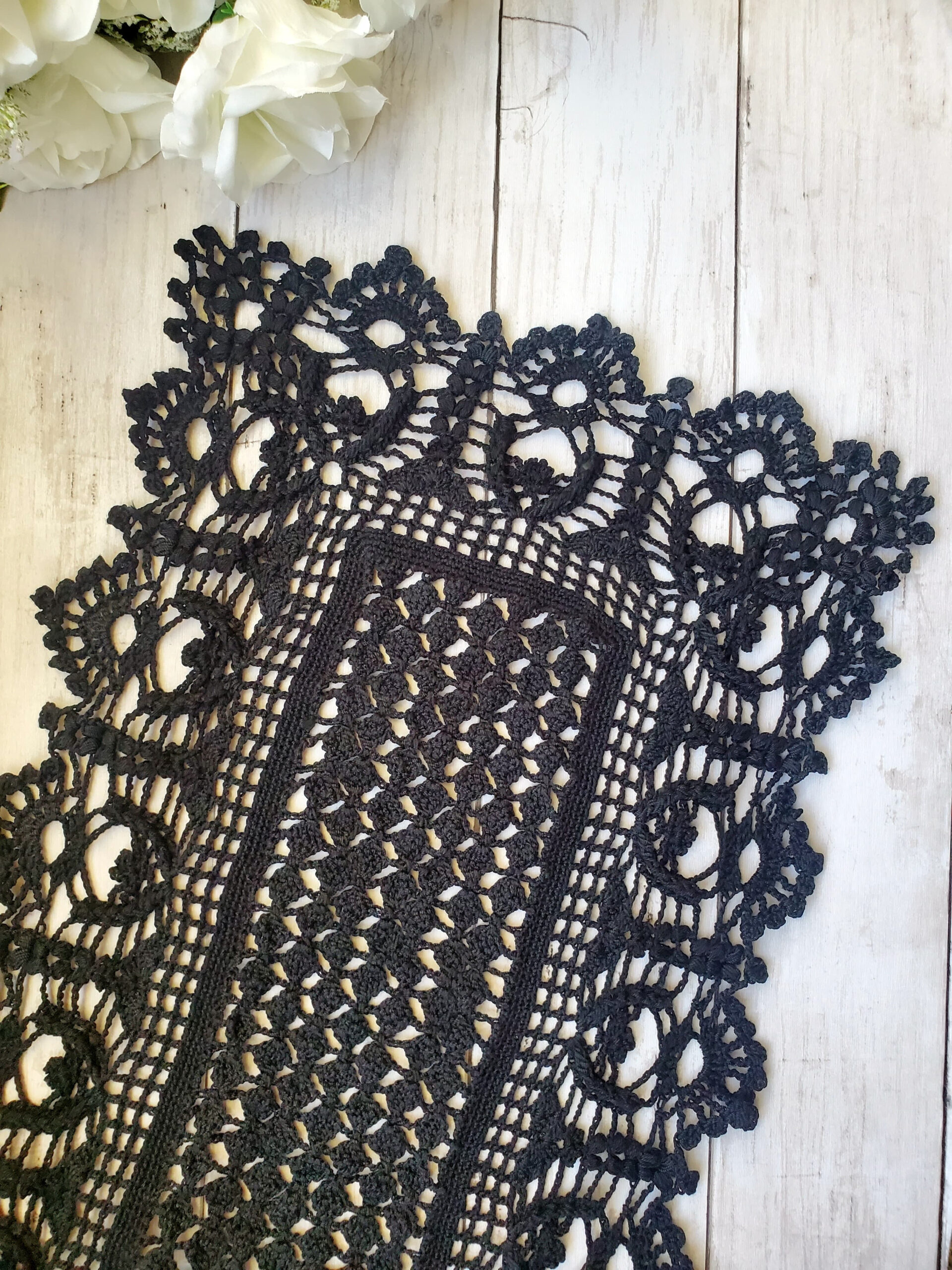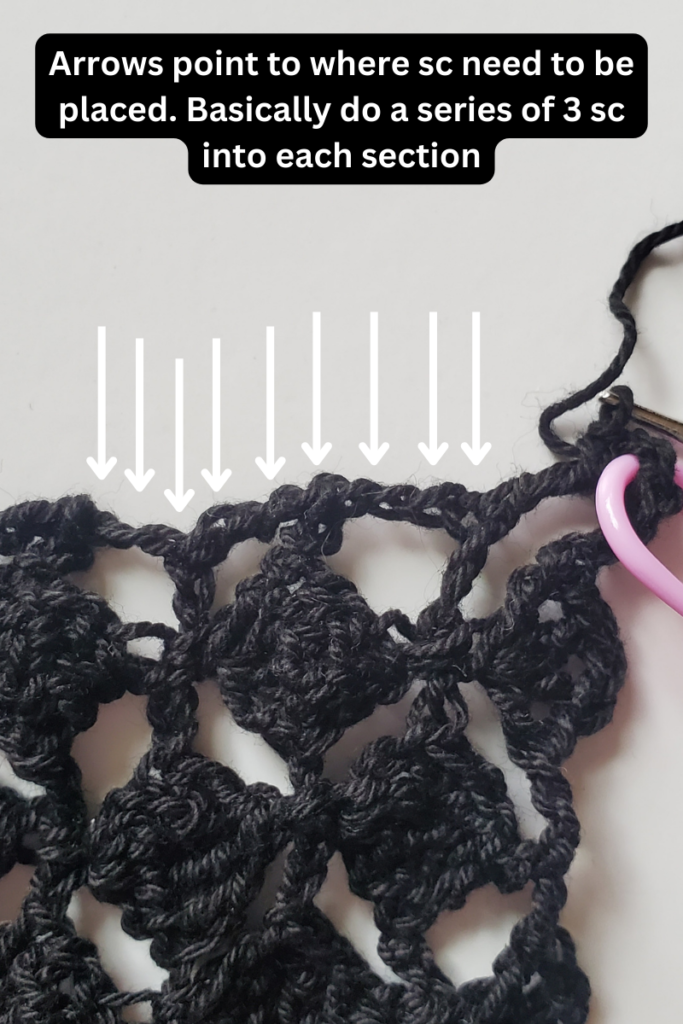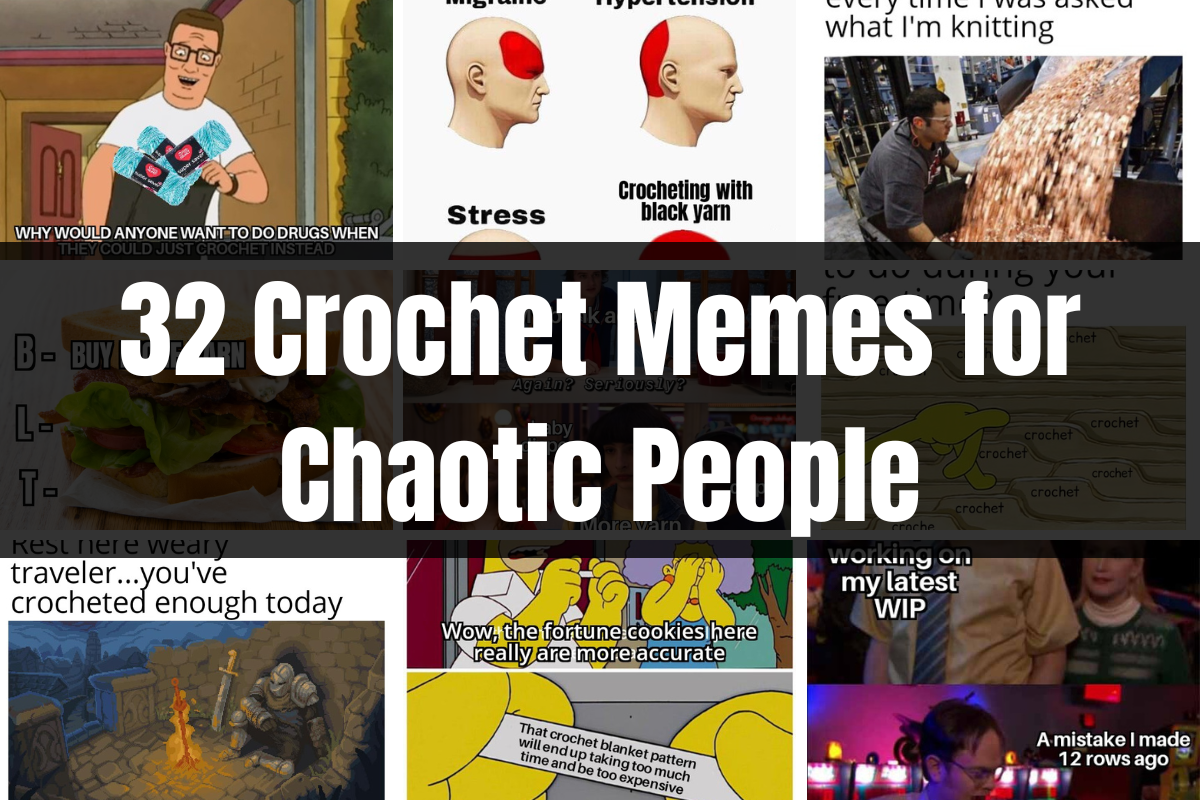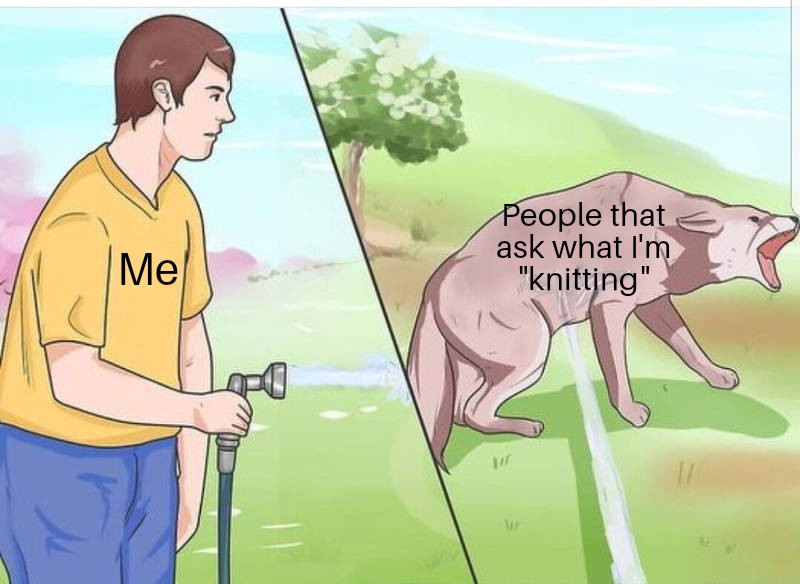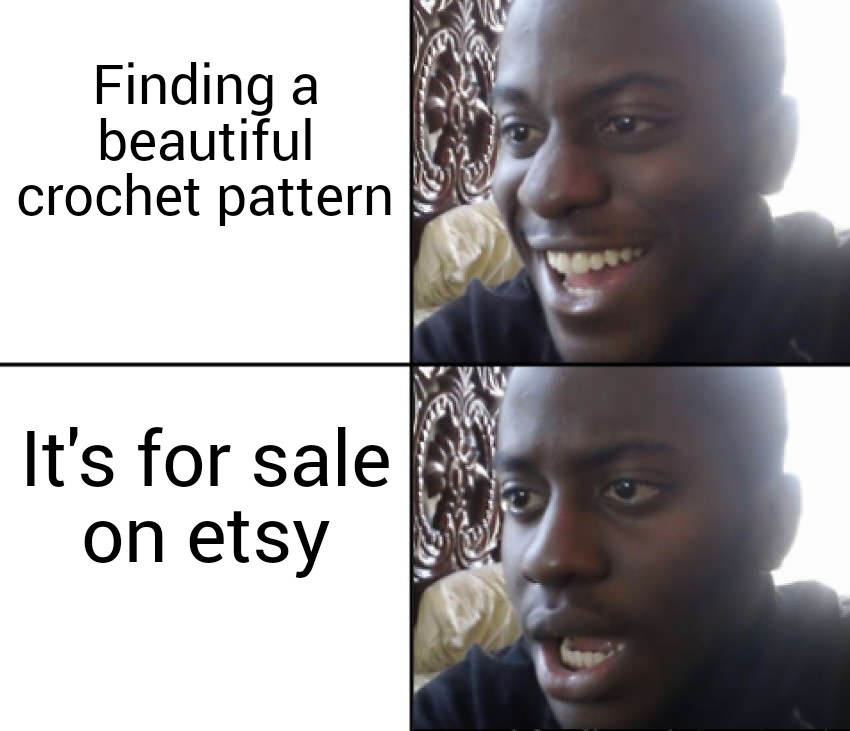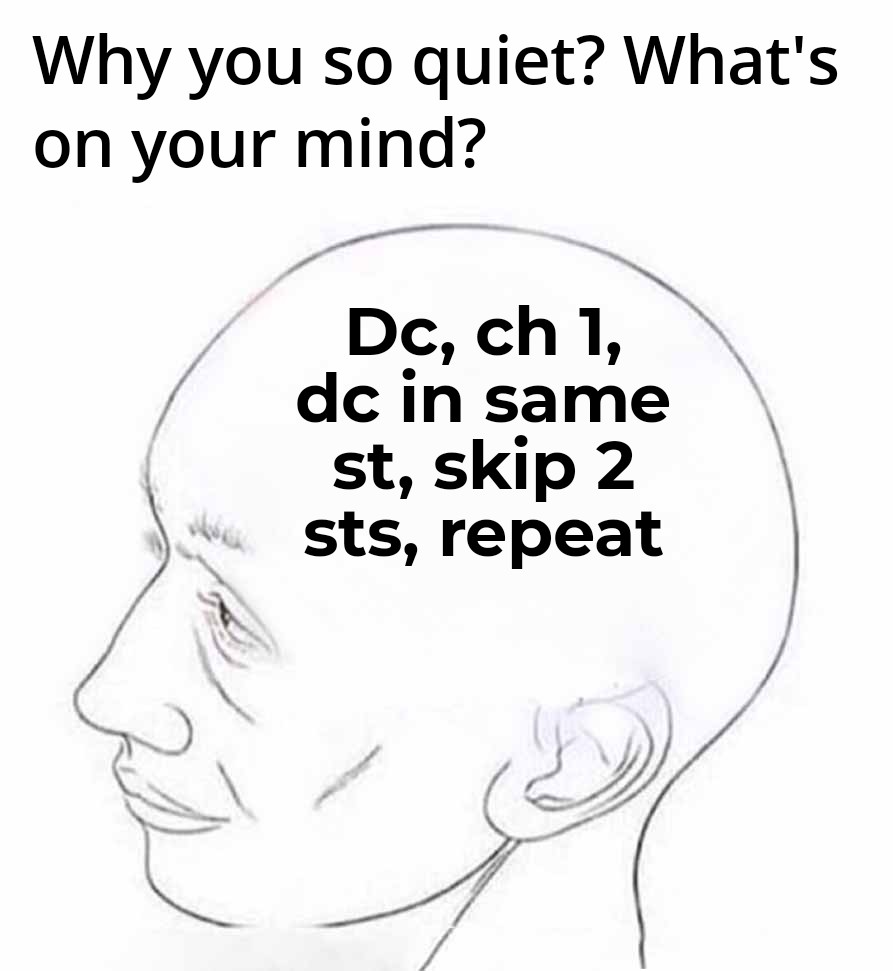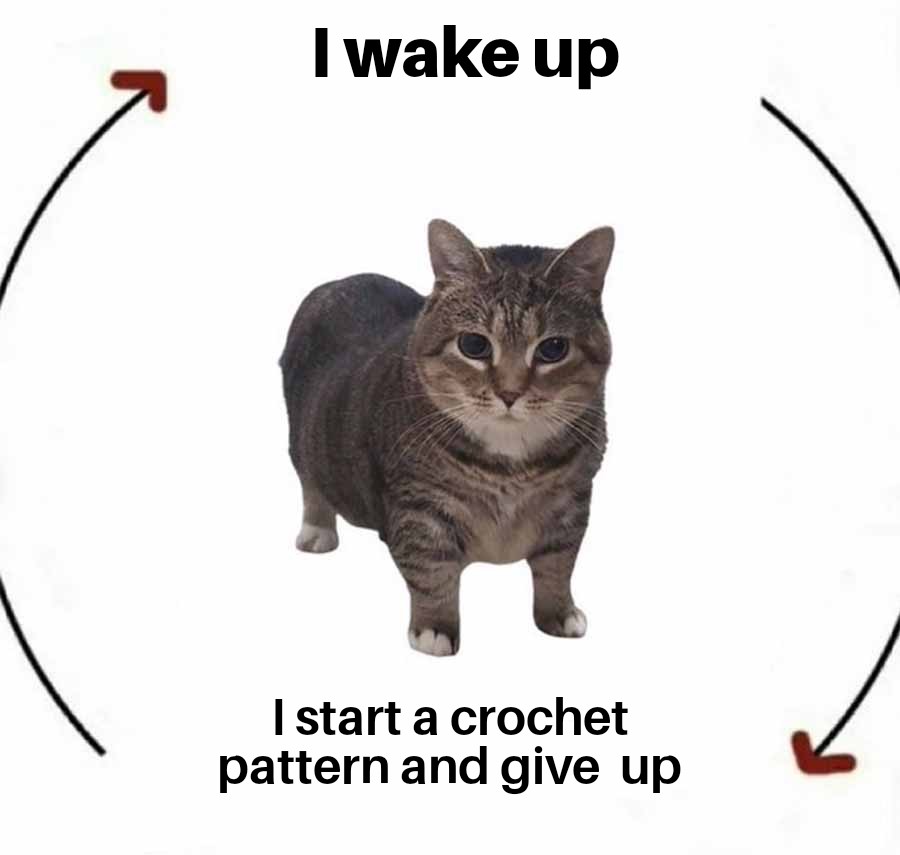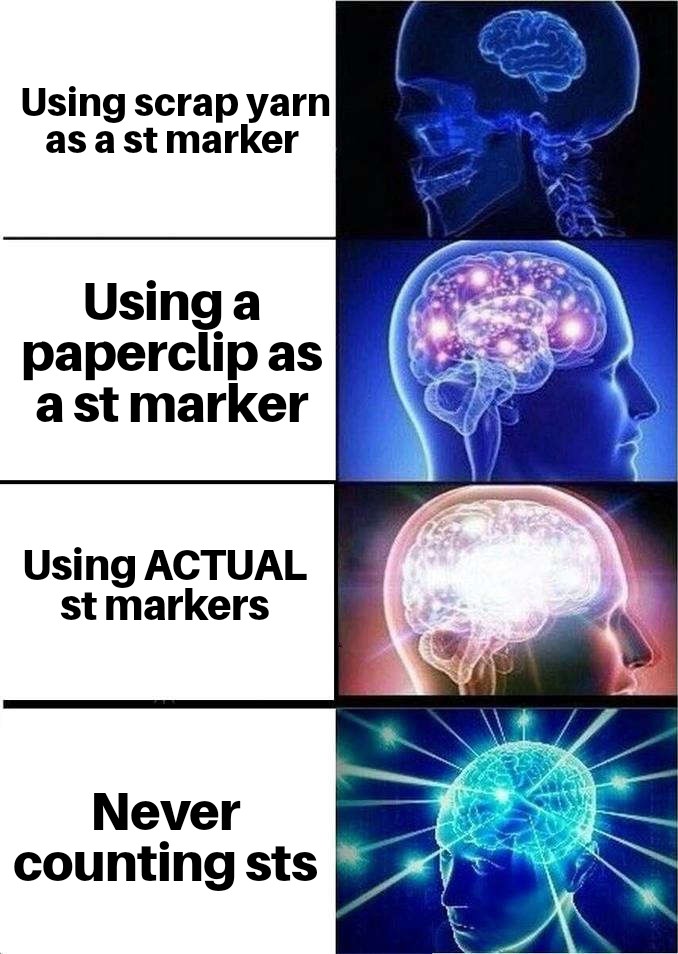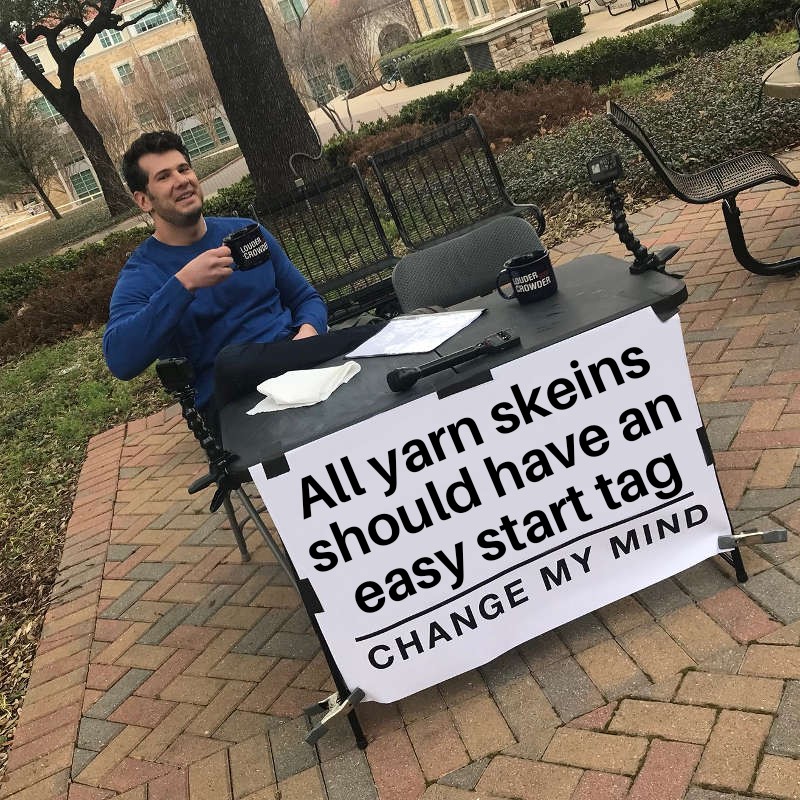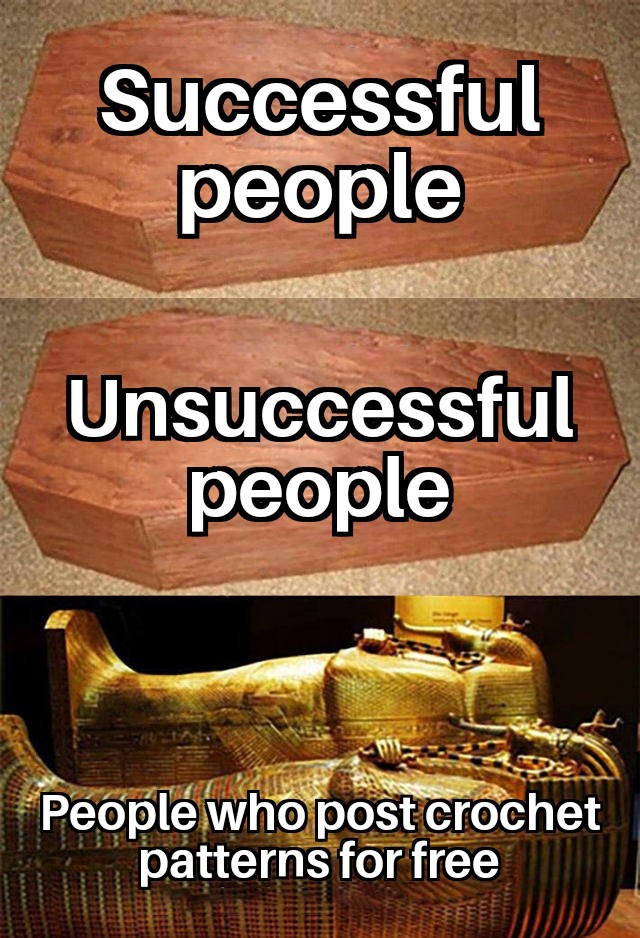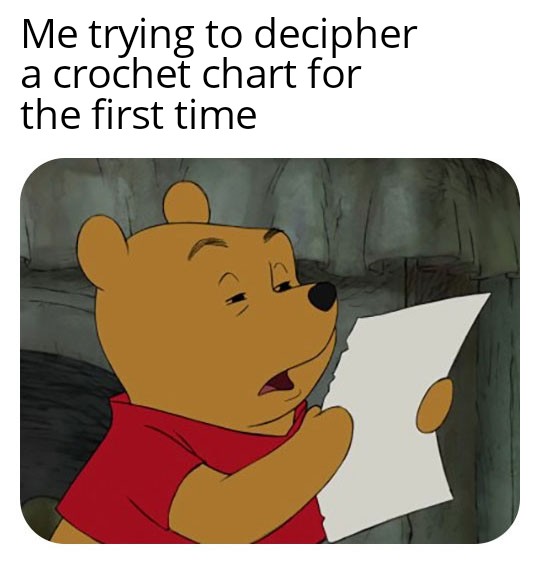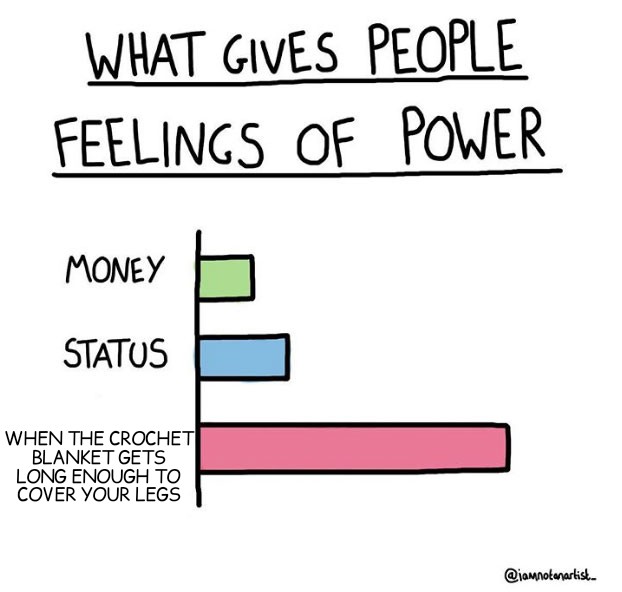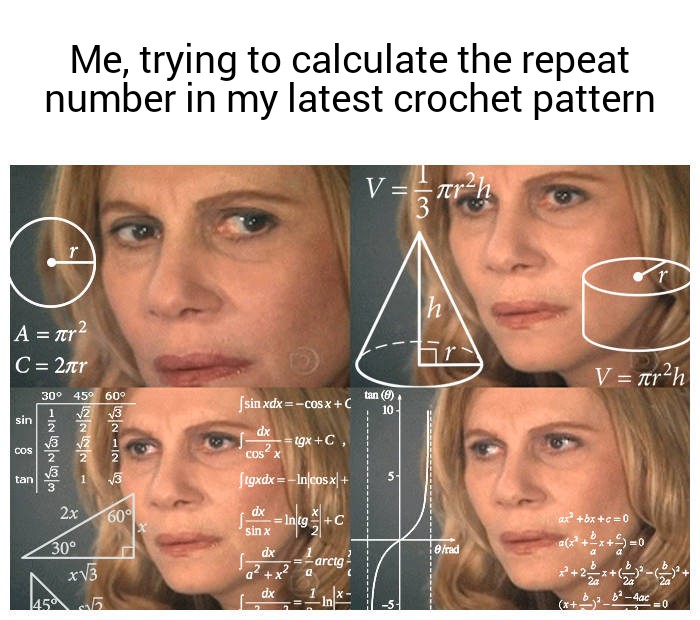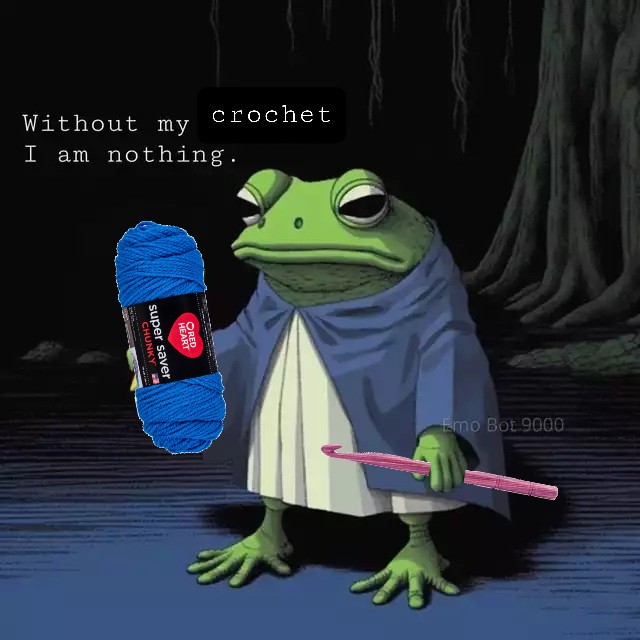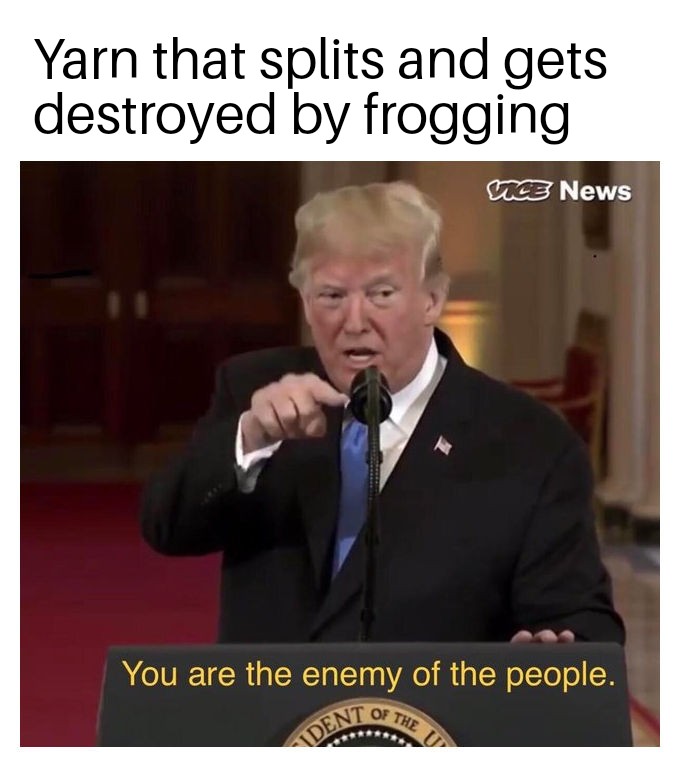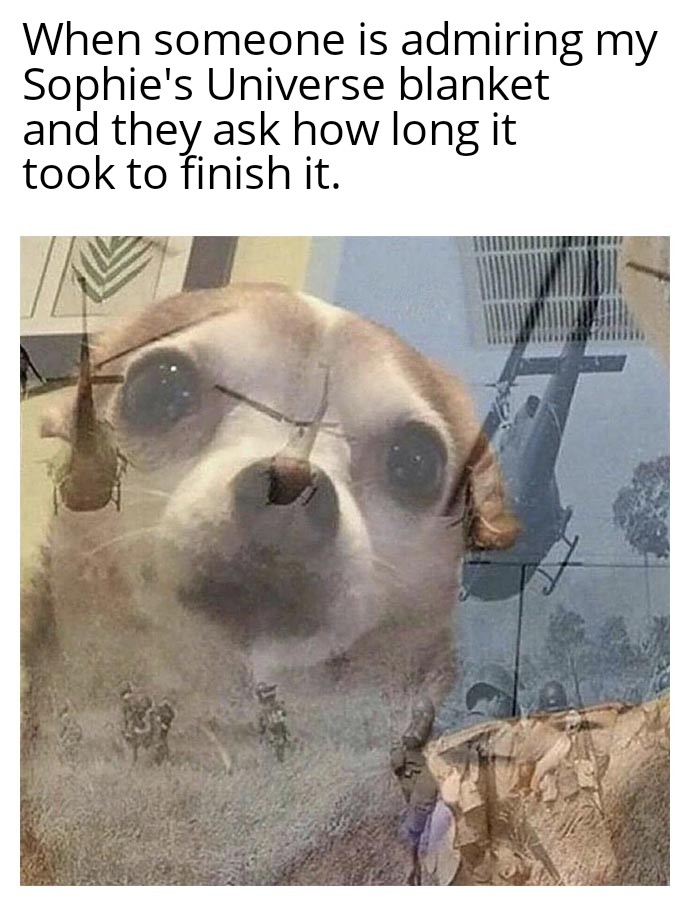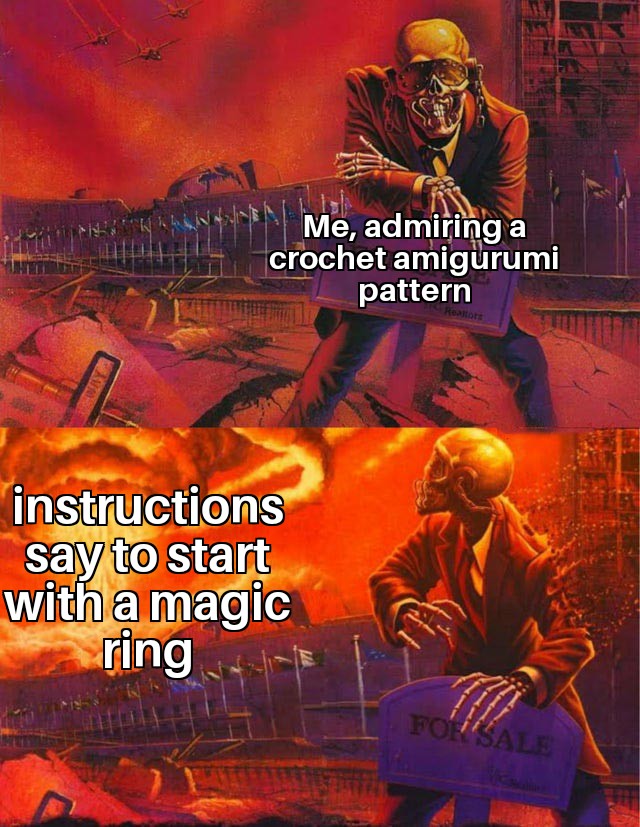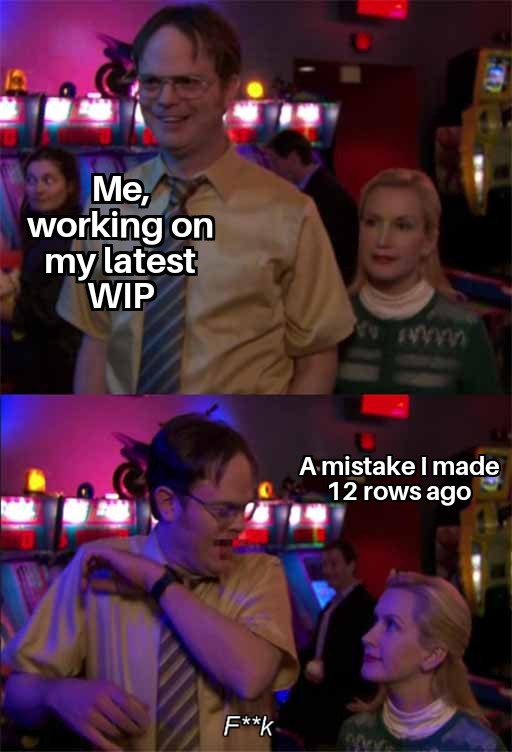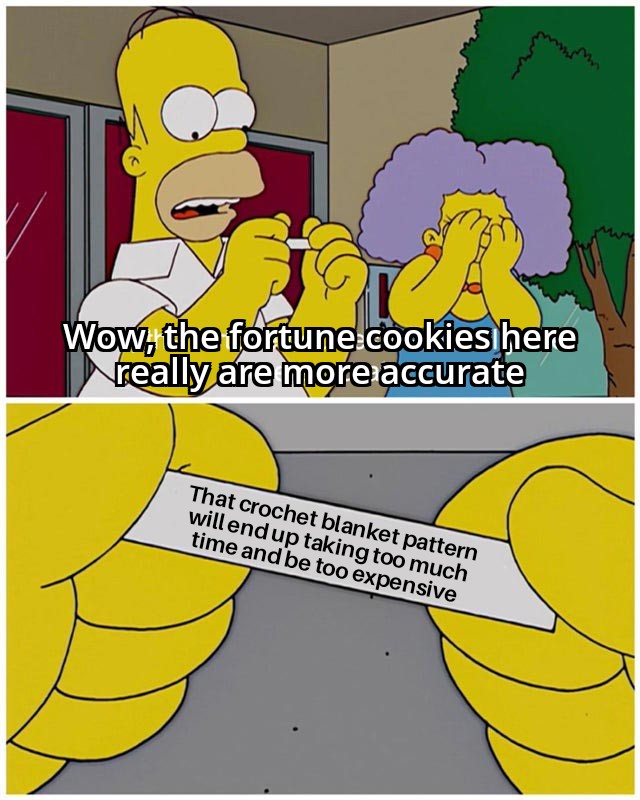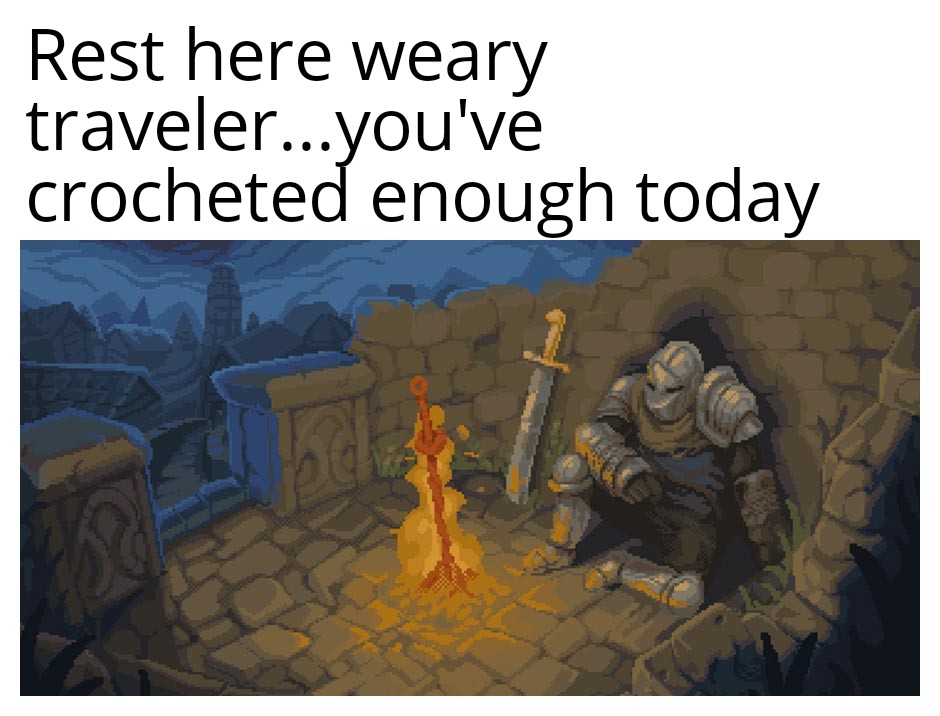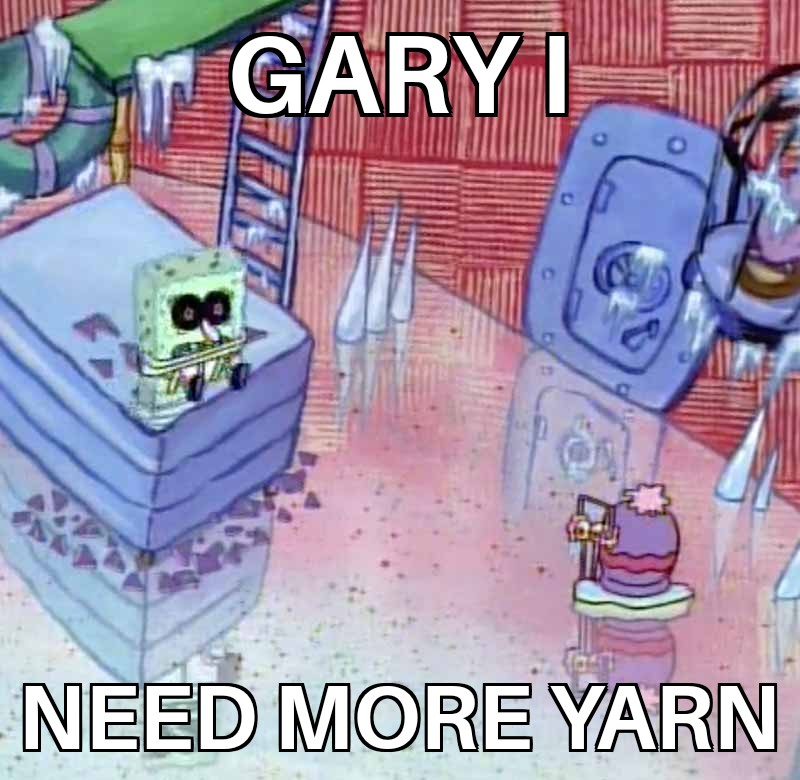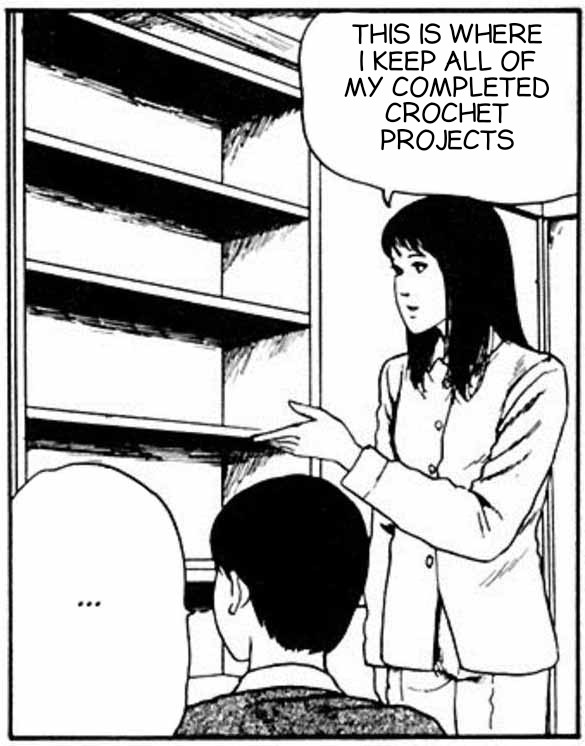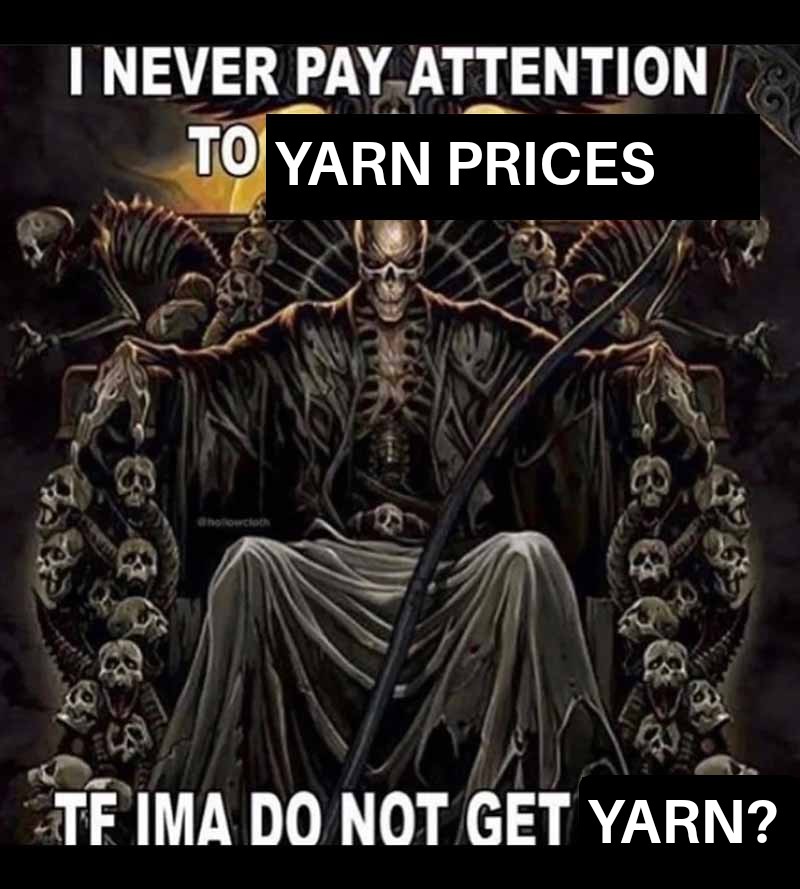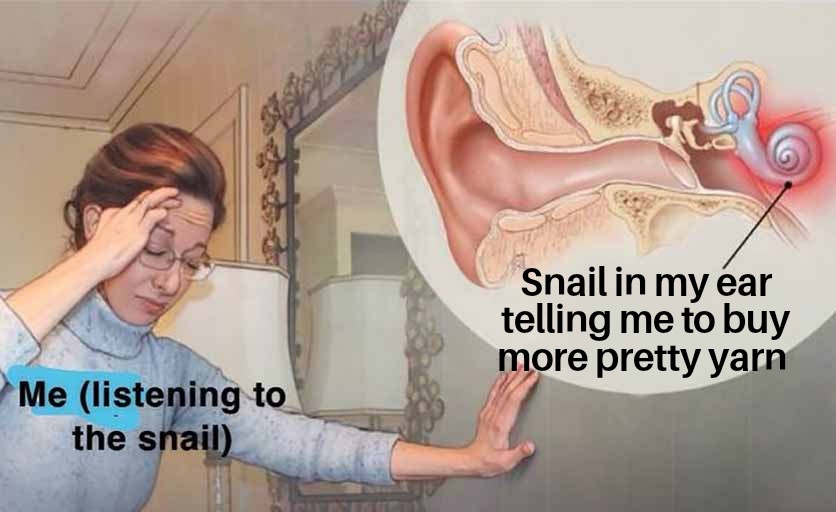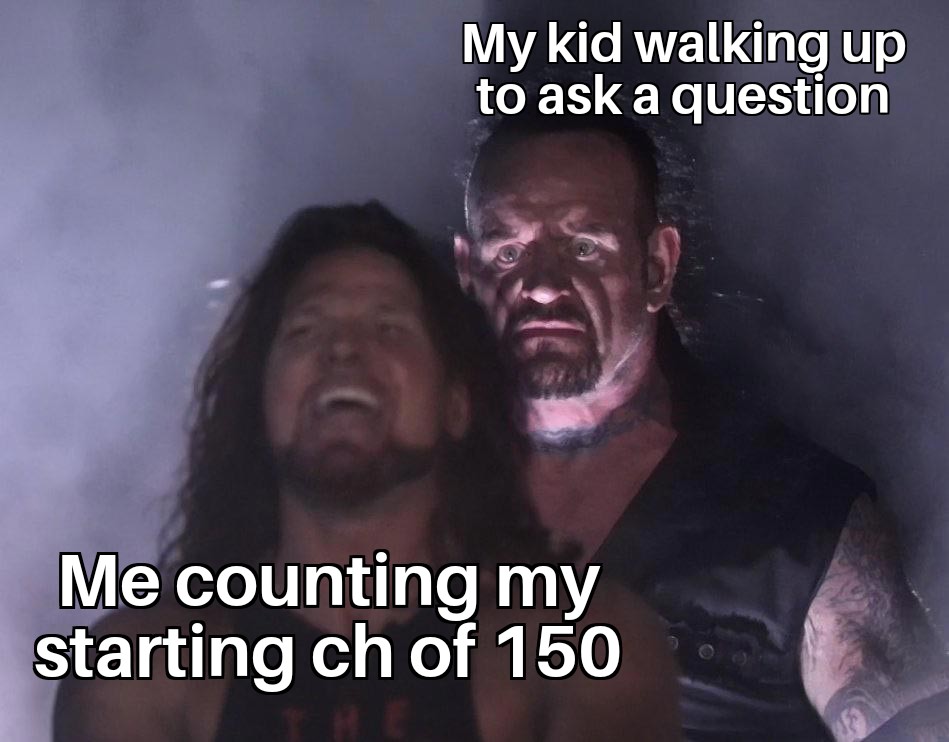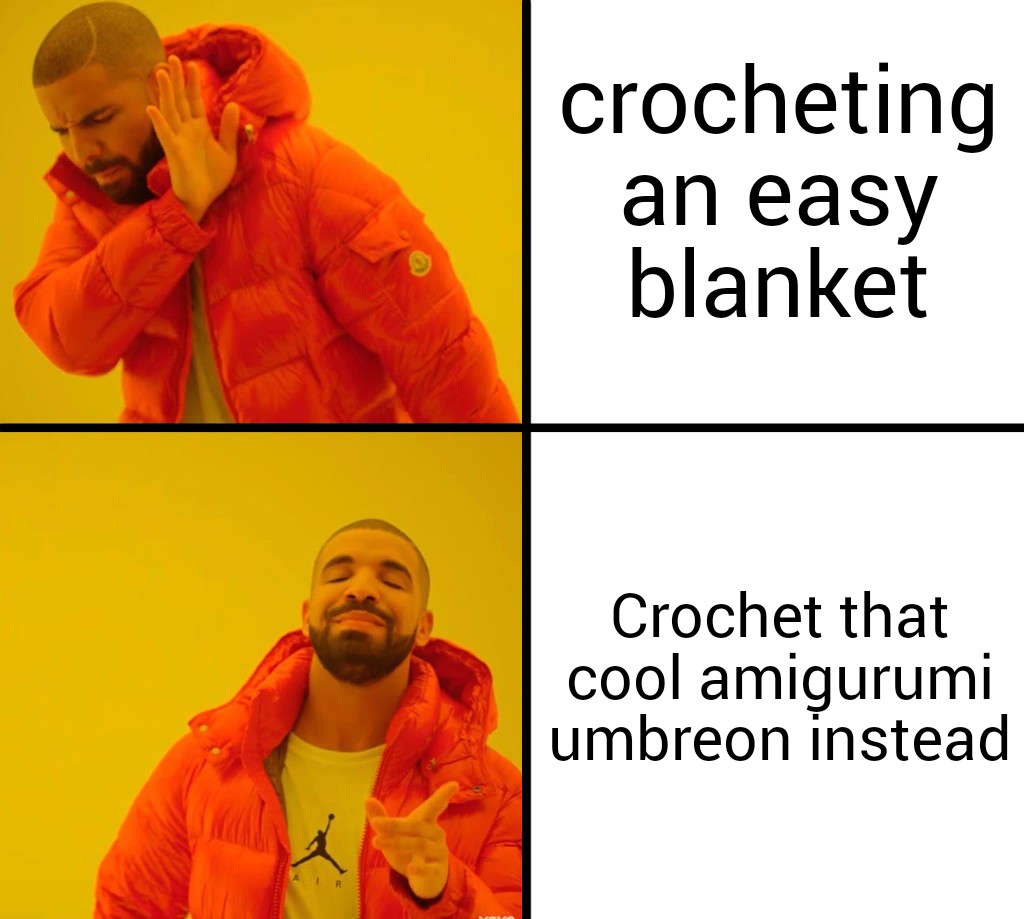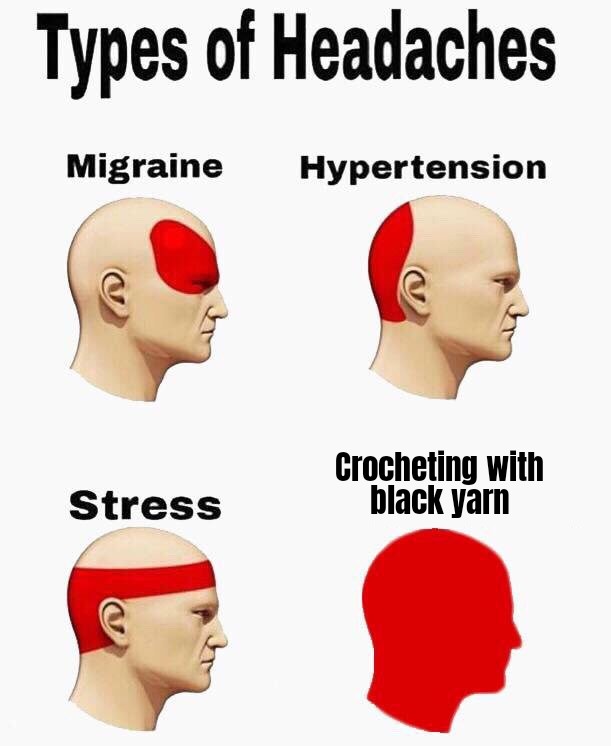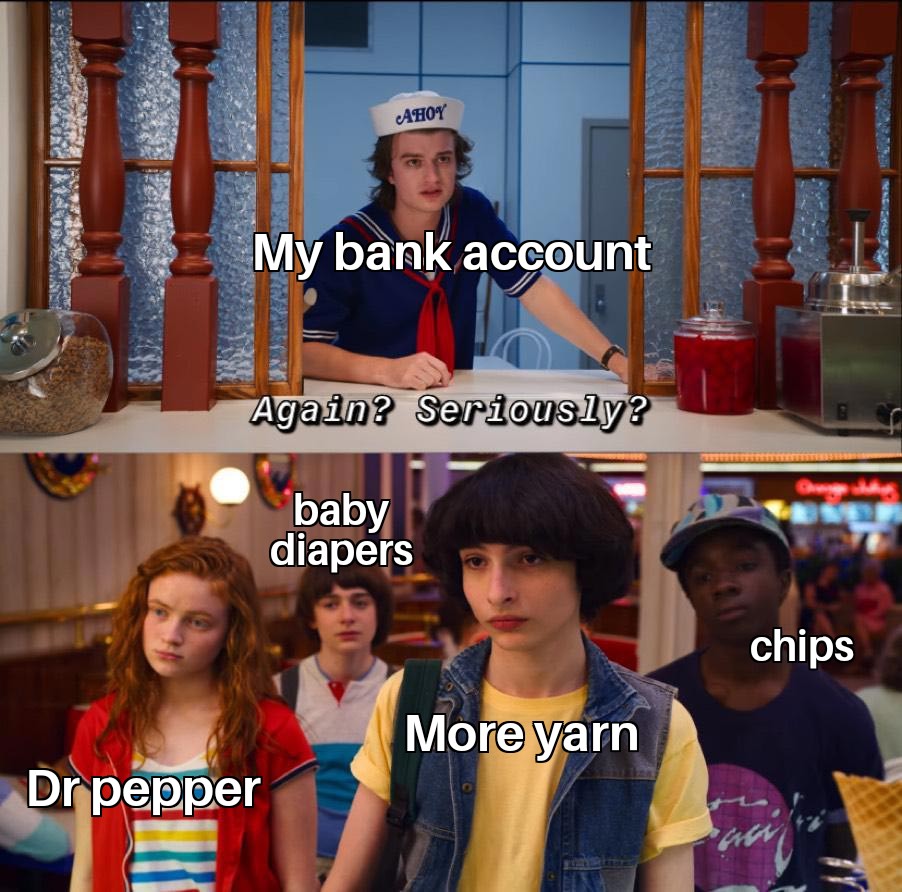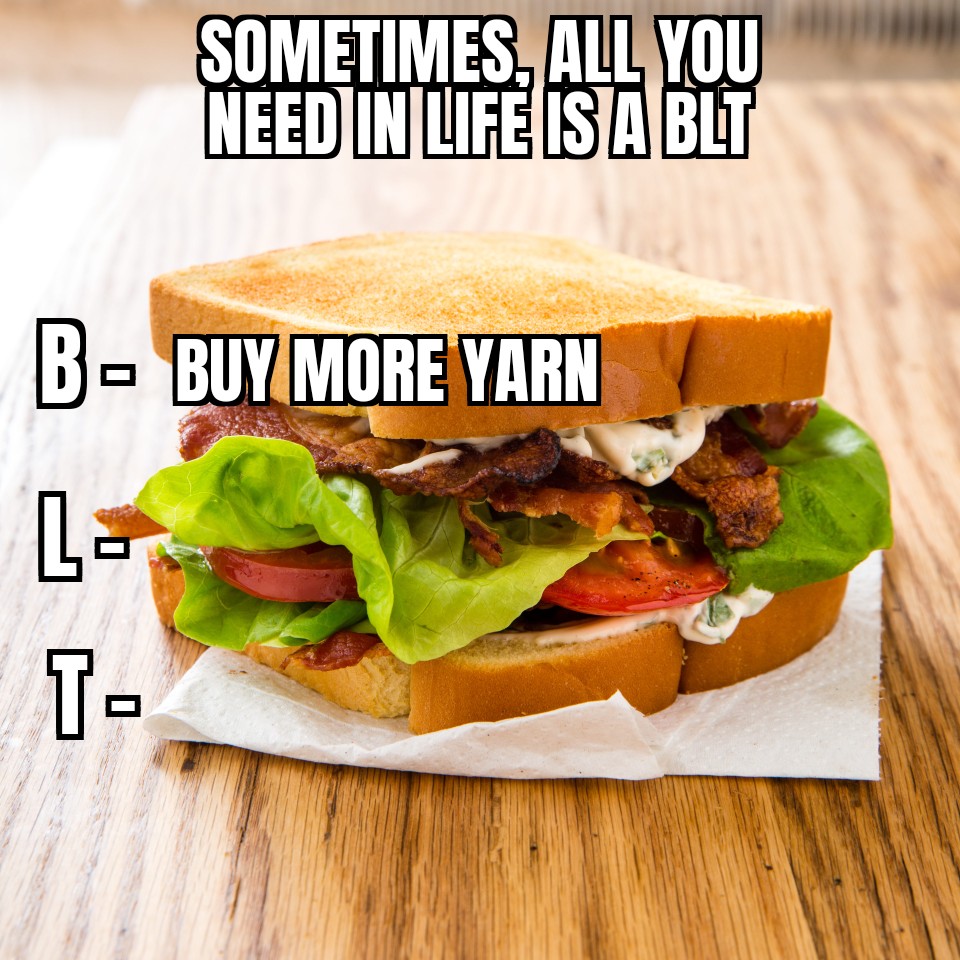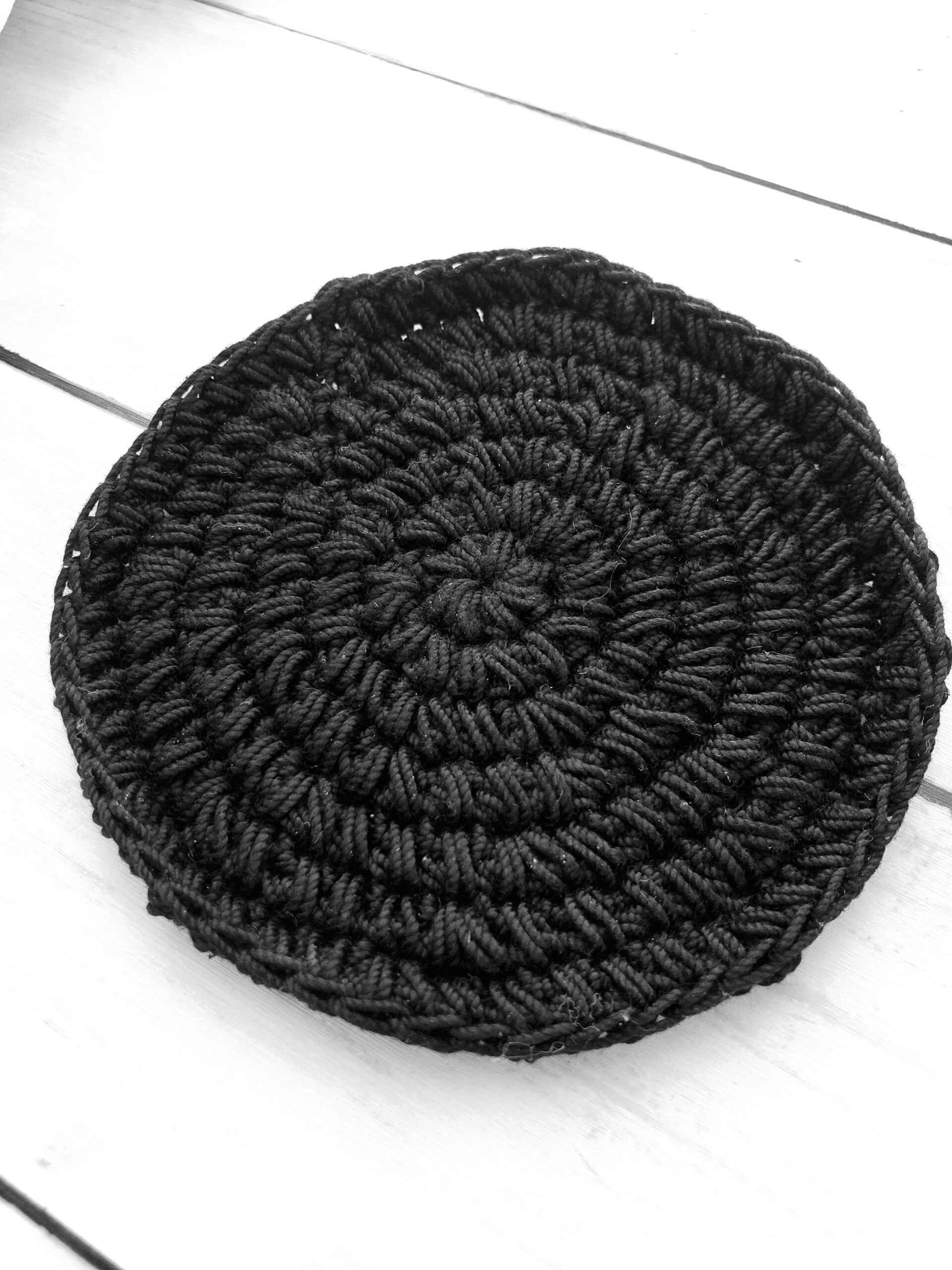Magic Circle VS Chain 2: Which Method is Better in Crochet?
Hello everyone, today we are going to learn the difference between using a magic circle (sometimes called a magic ring) in crochet vs. a chain 2.
If you’ve been crocheting for a while, you might have noticed that some patterns start in the center and grow outward. Those patterns usually use a chain 2 or a magic circle to start.
Crochet patterns that start from the center and grow out can include projects like blankets, hats, granny squares, doilies, shawls, and especially…amigurumi!
In this post, we’re going to look at the difference between using these two techniques. Which one is better to use? The magic circle or a chain 2?
Related Posts:
Let’s look at the magic circle first.
What is a magic circle?
A magic circle is basically just a modified slipknot. When you make a magic circle, you’ll notice that you have a circle with your crochet hook attached at the top. This is what a magic circle looks like:
You’ll see crochet makers use this for many patterns, and it is most commonly used in amigurumi (doll making using crochet).
Pros of the Magic Circle:
- It’s easier to work into.
- Has a less noticeable “center hole.”
- You can adjust the size of the hole in the center.
- Makes your work look neater.
Cons of the Magic Circle:
- More difficult to learn.
- Some crocheters report the magic circle coming undone more easily if you don’t sew the tail in securely.
- Does not work well with certain types of yarn (velvet, chenille or anything that likes to split).
What about the Chain 2 Method?
The chain 2 (it can be any number of chains really), is a common way to start crocheting from the center out.
You put your yarn on your hook with a slipknot (like normal), chain 2, and then start crocheting into the first chain you made.
Let’s take a peek at the pros and cons of using this method.
Pros of the Chain 2:
- Much easier to do, especially as a beginner.
- Works great for most projects.
- Some crocheters claim this method is sturdier.
Cons of the Chain 2:
- Tends to have a more noticeable starting hole.
- You cannot adjust the size of the starting hole well.
- Difficult to crochet a large amount of stitches into the starting hole.
- May leave a “bump” and not look as neat compared to the magic circle.
Now, let me show you the visual differences between the magic circle and the chain 2:
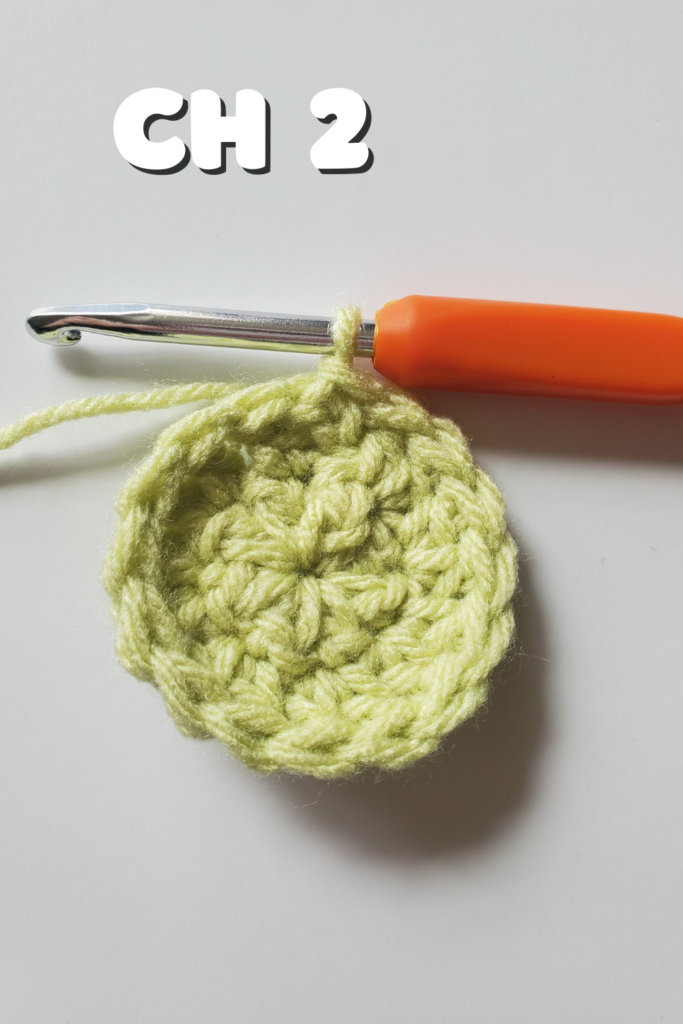
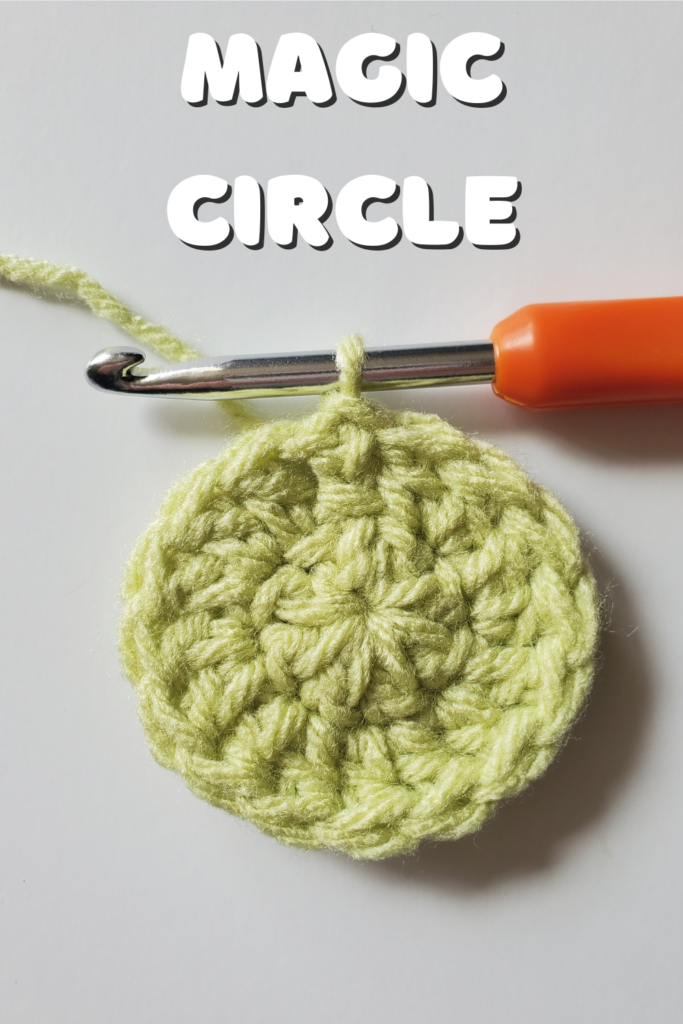
The first picture above shows what a chain 2 with 8 starting double crochets (with a second row of 2 double crochets in each stitch) looks like. I’ve even pulled the tail end of the yarn pretty tight here.
The second picture shows what the magic circle looks like with 8 starting double crochets (with a second row of 2 double crochets in each stitch).
As you can see, if you’re making a flat circle, they really don’t look that different (in terms of the starting center hole). I think maybe the magic circle looks a little neater, but I’ll leave that up to you to decide.
Now let’s add even more starting stitches and see what happens.
The first picture on the left depicts the chain 2. I’ve placed 18 double crochets into the first chain. You can see that there is a noticeable hole in the center here. I’ve pulled the tail end as tight as I could here too.
The second picture shows the magic circle, which has 18 starting double crochets as well. You can see that the center hole isn’t as noticeable as compared with the chain 2 method.
Okay, but what if you’re making amigurumi?
Let’s see what happens when you make a sphere shape (a common shape in amigurumi) with the magic circle vs. the chain 2 method.
The first sphere on the left is made with the starting chain 2. I’ve placed 8 single crochet into the center and grew it out from there. As you can see, it looks pretty good!
Now the second sphere on the right is made with the magic circle. Again, I’ve placed 8 single crochet into the circle and created the sphere shape. This method looks pretty good too!
Both methods look basically the same, however if you’re putting a lot of stitches into the center for a spherical shape, I would choose the magic circle method. This will prevent the big hole in the center.
When making amigurumi, you want your stitches to be tight, and it’s important to make sure the center stays closed so your stuffing doesn’t pop out!
Now let’s see what happens when we make a cone shape. This is another common shape in amigurumi.
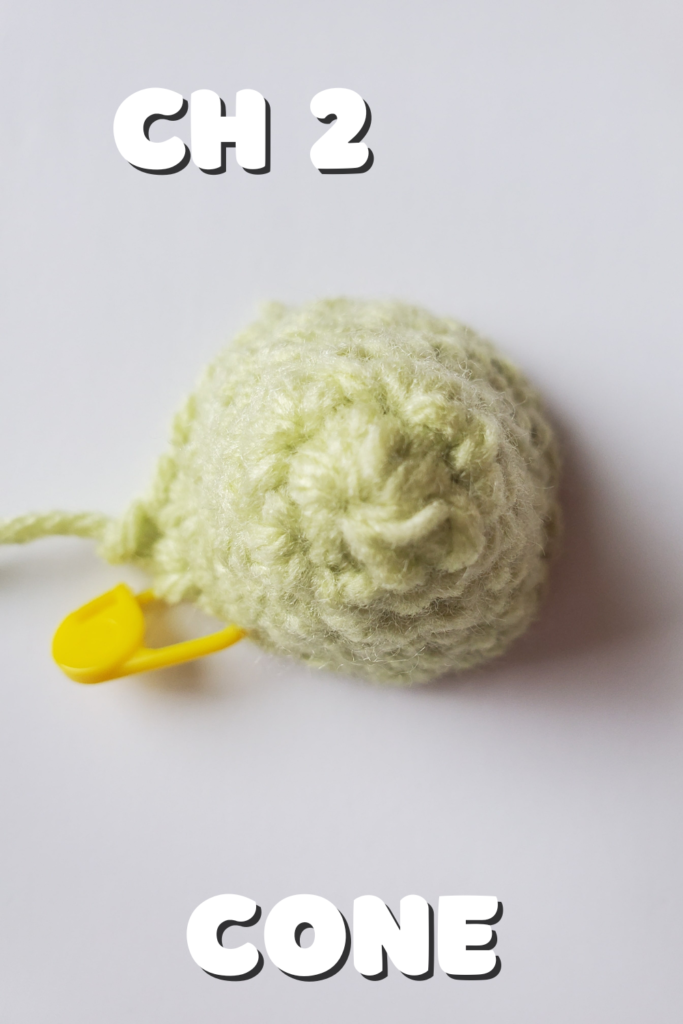
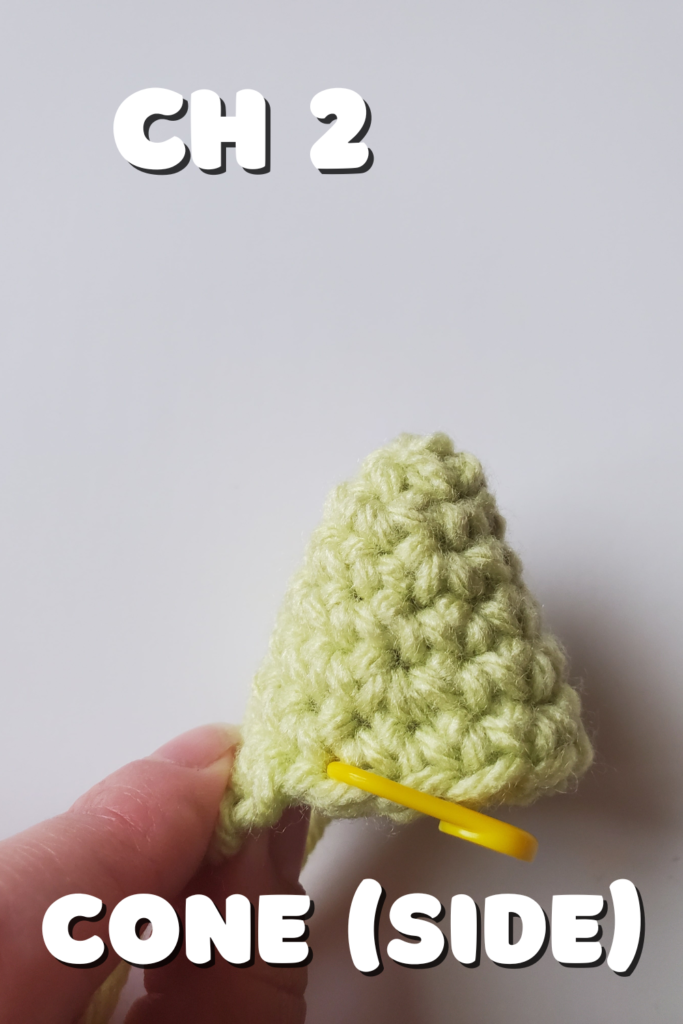
These two pictures show what a cone shape looks like from the top and the side with the chain 2 method. Again, I think the tip (center hole) looks great.
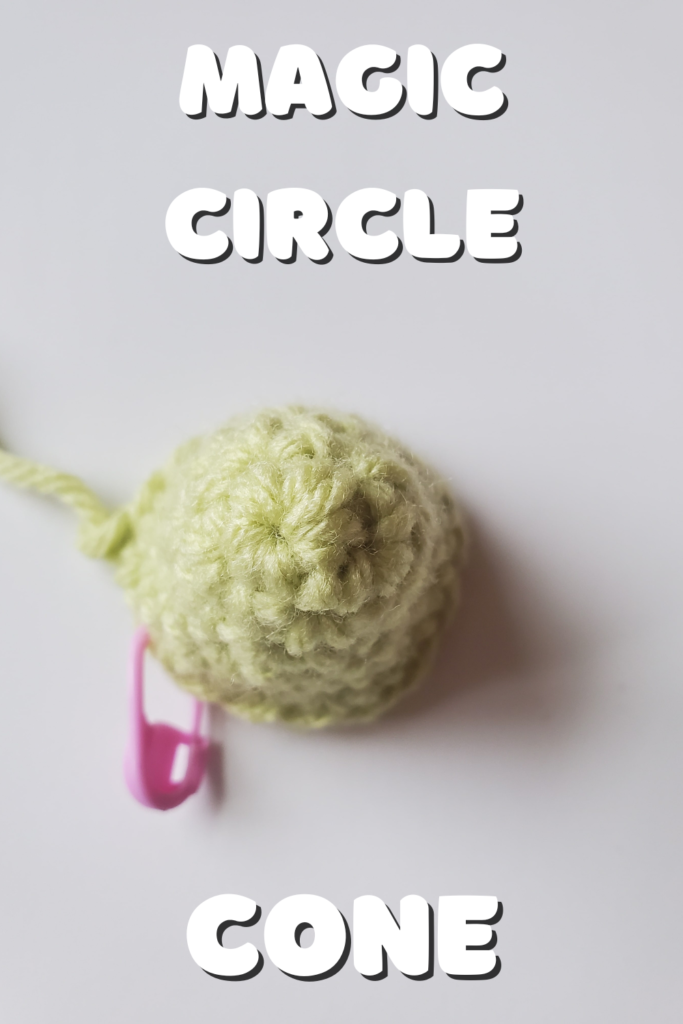
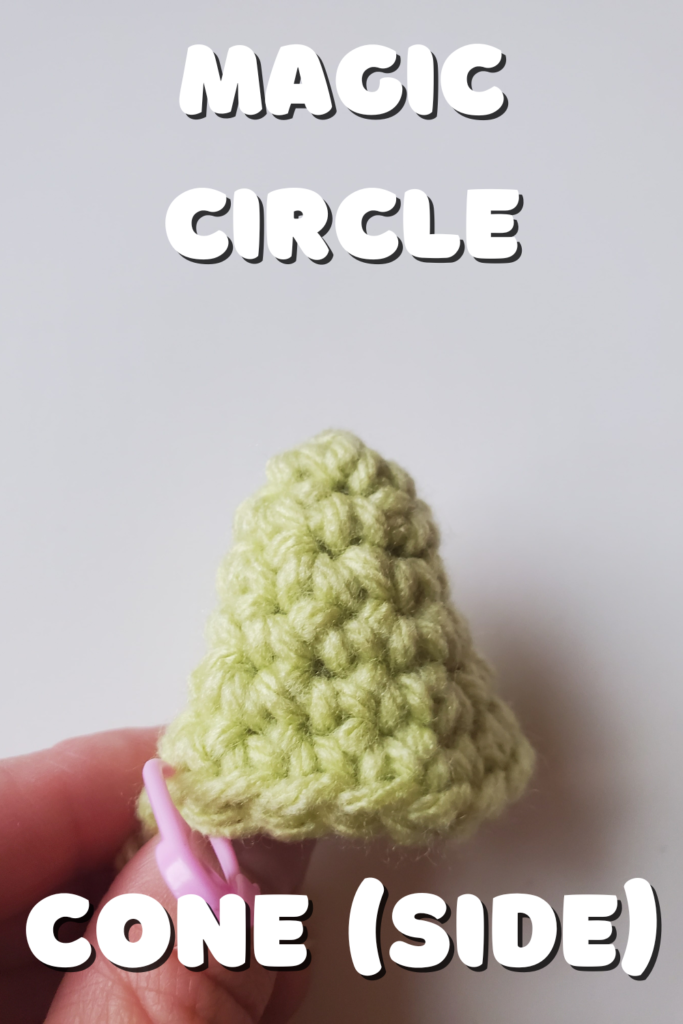
As you can see here, they both look practically the same! Maybe the magic circle looks a little tiddier? But it’s almost impossible to tell.
Magic circle vs. chain 2 in crochet: which one is better to use?
So now that you know the differences between using a magic circle vs. a chain 2 in crochet, which one is better to use?
Well…to put it simply, it’s up to you and what your pattern is supposed to look like.
Both methods are completely valid to use.
If it were up to me, I would use whichever method is going to make you less frustrated.
Remember, crochet is supposed to be fun!
I personally like to use the magic circle over the chain method, but I understand why someone wouldn’t want to use it. It can be tricky to get down! I just think it’s easier to crochet into since the starting circle doens’t get any bigger.
So to recap, the magic circle and chain 2 method look basically the same for most patterns, but there are instances where one may be preferred over the other.
The magic circle can be difficult to learn, but looks a little neater.
The chain 2 method is much easier, but may cause unwanted center holes.
The magic circle is used for amigurumi to get a tight center, however, if you use the chain 2 and pull the tail end tight enough, it can work too.
Ultimately it’s up to you to decide what’s going to cause you the least amount of grief to get your crochet project up and going!
Which method do you prefer? Feel free to comment below!
Thanks and I hope this post helped you figure out the differences between the Magic Circle and the Chain 2 in crochet!

